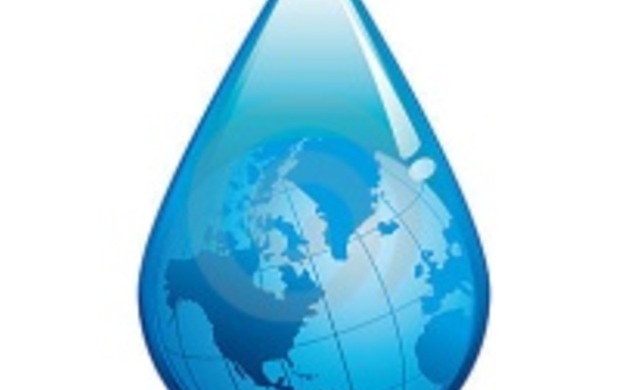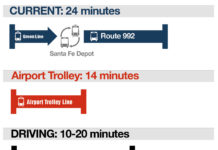The San Diego Drought
We are beginning the cooler rainy season (hopefully!) here in our semi-arid climate when we get most of the water for the whole year over several months from a number of downpours. It is the perfect time to think about what we will do about water here in San Diego.
Water in general is a good place to start. The water on earth now is all the water we have ever had or will have. In other words, we are drinking the same water as the dinosaurs! What percentage of water on Earth do you think is water that we can safely consume? Believe it or not, a mere one percent of the Earth’s water is potable. All of this water is recycled constantly and watersheds all over the world are a part of that cycle.
Every urban, suburban, rural and wild space collects water. In areas where there is an abundance of impermeable surfaces such as asphalt and concrete that do not allow water to soak into the ground, water carries with it whatever was dumped and deposited along the way. San Diego and Tecolote Canyon are no exception to this unfortunate byproduct of development. Storm water and irrigation can result in runoff, conducting a great deal of garbage and contaminants into watersheds, affecting wildlife all the way to and in the ocean. In fact, the Pacific Garbage Patch consists mostly of land waste that was carried into the ocean. Disposing of litter and potential pollutants properly and using plants (such as California native plants) that require little to no fertilizers, herbicides and pesticides help decrease what ends up in our watersheds. Permeable hardscape such as pavers and decomposed granite help decrease runoff.
Rainy season aside, California is in the midst of one of the worst droughts in recent history. San Diego, which has received an average of 10 inches of rain over the last 30 years, had only 2 inches last year. San Diegans are beginning to use less water, but we continue to use (and waste) too much – a high percentage of it dedicated to landscaping. Most of our water supply comes from decreasing non-local sources, making our current water usage unsustainable for the long run. Alternative and costly water sources such as desalination and wastewater recycling may help in the future, but conservation is the only current and lasting solution. Replacing thirsty plants with drought tolerant options and reducing the size of lawns and watering them less often are examples of ways to conserve water during periods of drought.
Now is the time to do what you can to protect San Diego’s watersheds and conserve water. It is everyone’s responsibility to help keep our creeks, rivers, bays and ocean clean and free from pollution, and to preserve what little water we have available to us.
Jasper Rysedorph also contributed to this article.




